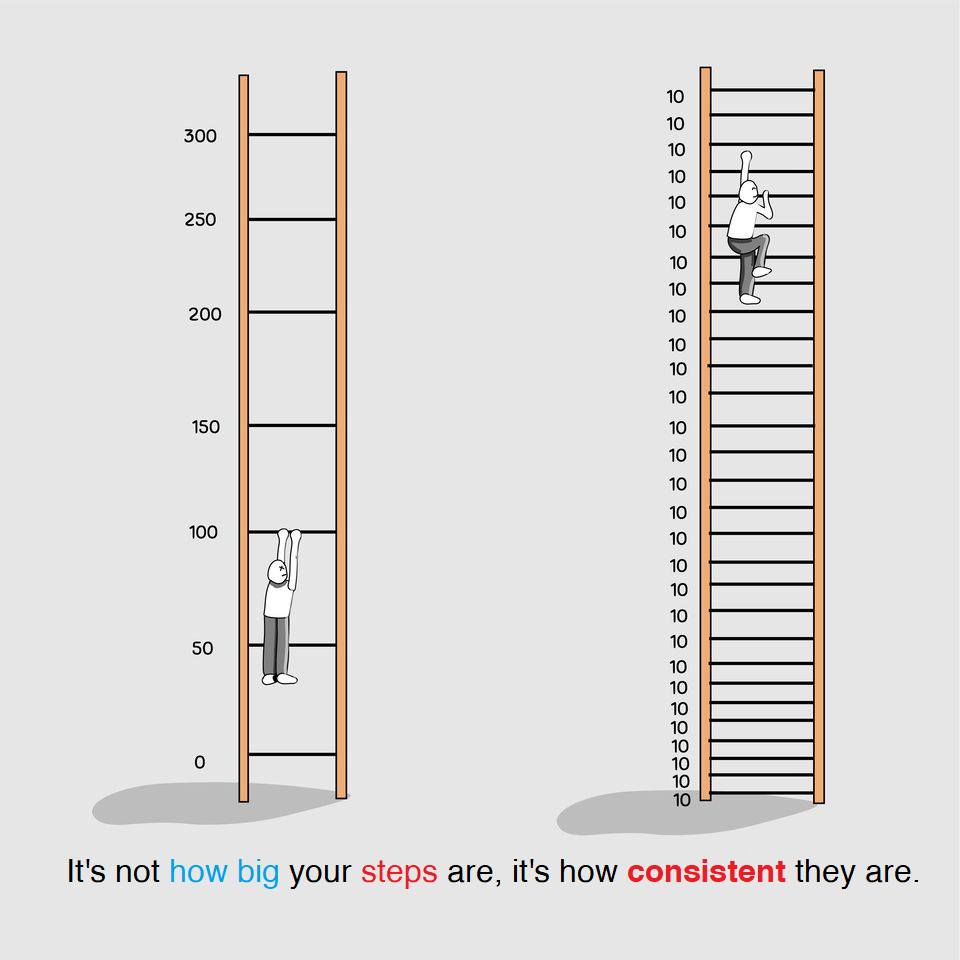Digital transformation is the process of using digital technology to change the way you do business. It can help you become more efficient and agile, and enable you to better serve your customers.
Making a change in an organization can be difficult, but it’s not impossible. It’s important to remember that change doesn’t have to be a massive or disruptive undertaking. It can be small, incremental changes that occur on a consistent basis over a long period of time. That change may involve people, processes, and technology – all of which lead to improved business outcomes.
Changing people’s mindset and organizational culture are critical to enabling digital transformation. People are resistant to change and require constant reinforcement.
I’ve been through the process of making changes in my organization many times, and I know it can be challenging. But I also know that it’s worth the effort – because the payoff is real. In today’s rapidly-changing world, businesses need to embrace digital transformation in order to stay competitive. And while some organizations view this as a daunting task, it doesn’t have to be complicated or expensive. Small changes made consistently over time will achieve the same results.
I won’t promise that achieving digital transformation is easy – it requires a lot of hard work and planning.
Digital transformation means different things to different businesses. For some, it might mean transitioning from a traditional website to a more interactive and engaging ecommerce platform. For others, it could mean developing mobile apps that allow customers to interact with your brand on the go. Or maybe you need to overhaul your entire IT infrastructure in order to keep up with the latest trends in cloud computing or big data analytics. Whatever your specific needs may be, there are certain steps that all businesses should take when embarking on their own digital transformation journey:
Let’ look at the process:
1. Define the goals you want to achieve
Digital transformation can mean different things to different businesses, so it’s important to define your specific goals before getting started. What are you hoping to achieve? Increased efficiency? More sales? Better customer service? Once you know what you want, you can start figuring out how to make it happen.
2. Assess your current state of preparedness.
Before making any changes, it’s important to understand where your company is currently at in terms of people, skills, technology and innovation. What systems are in place? Are there areas where improvement is needed? This assessment will help guide your next steps.
3) Develop a plan on how to get the results.
Once you have a clear idea of what needs to be done, develop a plan detailing how exactly you’re going to achieve digital transformation . This plan should include timelines, budgets, and specific tasks that need to be completed . It’s also important to build in room for flexibility as things may not always go according to plan .
4) Start Implementing The Plan and Celebrate the Milestones, no matter how small.
Now it’s time to roll out the plan and see it through! Be sure to rely on key personnel who will be responsible for each step of the process in order to get buy-in from everyone involved. And don’t forget to maintain communication throughout the entire project so everyone stays up-to-date on progress .
5) Evaluate The Results Quarterly & Yearly.
Once everything is said and done, take some time to take stock of how well the transformation went and identify any areas that need improvement . Use this information to raise the bar even higher next time around.
Our Case Studies in Implementing Digital Transformation
At Digital 4 Africa, we have supported our clients in implementing various digital transformation initiatives. Here are the latest:
- Phase One: Development of a fully functioning eCommerce Website to boost online sales.
- Phase Two: Deployment of Odoo ERP to digitize Inventory management, Point of Sales
- On-Going: Payment integration between eCommerce website with POS. The goal is to create a seamless experience
- Phase One: To increase online sales, we created a fully functional eCommerce for Apple Center Kenya
- On-Going: Procurement process of an ERP to help with the digitization of the repair shop, inventory management and point-of-sale.
Talk to our technical experts now, on how to achieve digital transformation in your business. [email protected]


